May 21, 2025 | 02:58 GMT +7
May 21, 2025 | 02:58 GMT +7
Hotline: 0913.378.918
May 21, 2025 | 02:58 GMT +7
Hotline: 0913.378.918
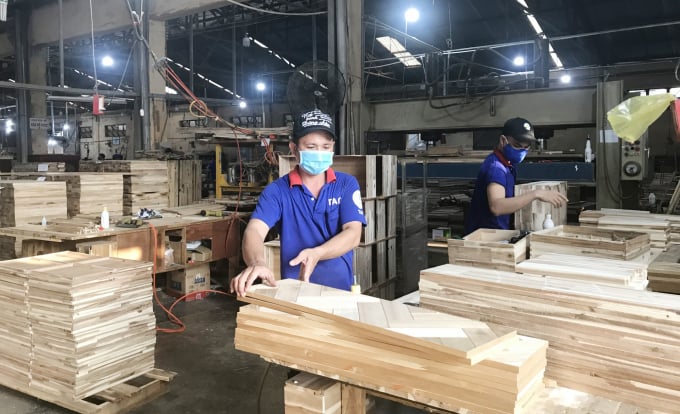
Wood enterprises should prepare for a recovery after Covid-19 lockdown. Photo: Thanh Son.
The prolonged social distancing measures in the Southern provinces due to Covid-19 have affected the wood industry, resulting in a decrease in wood exports in August and September. More specifically wood and wood product exports in August totaled US$811.5 million, down 30.2% compared to August in 2020. In the first half of September the export value of wood and wood products was US$307 million, down nearly 43% over the same period in 2020.
To bring export activities back to normal and to meet rising demand from the overseas markets in the year-end months, wood processing enterprises are proactively preparing for a recovery after a long period of social restrictions.
One of the most important requirements for the recovery of the wood industry is ensuring sources of wood materials which are used for processing not only in the year-end months but also in the early months of 2022.
According to Dr.To Xuan Phuc, an expert from Forest Trends, Vietnam imported around 5.5-6 million cubic meters of round wood and lumber on average. In the first eight months of 2021, Vietnam imported nearly 4 million cubic meters of round wood, up 14% compared to the same period in 2020. In addition, Vietnam also imported artificial wood boards of many types, mainly particle boards, fiber boards and polywood with import volume of 1.3-1.7 million cubic meters per year. In the same period artificial wood board imports reached 1.4 million cubic meters per year, 47% higher than the same period last year.
Noteworthy skyrocketing freight costs due to the Covid-19 pandemic combined with other causes have driven the prices of import wood materials higher than those of last year, especially temperate wood. Specifically, regarding round wooden blocks, the prices increased by 21-22% over the past eight months for walnut and pine wood imported from the US and, increasing by 1-6% for oak and ash wood. For lumber, the prices rose by 22% for pine products imported from New Zealand, increasing by 36% for cottonwood imported from the US and jumping 23% for alder. Average price of beech lumber imported from EU increased by 8%, and oak lumber rose by 21%.
While the import volume of wood products increased by 14% over the past eight months, the import value risen by 34% to more than US$2 billion because of increased prices of import wood products. A sharp increase of temperate wood prices was the most worrying issue as wood materials imported from the temperate zone played an important role in maintaining and expanding export volume of Vietnamese wood products, accounting for over 56% of the country's annual total wood import and were mostly used for processing export wood products. A jump in the prices of temperate wood products was also driven by an increased demand from the major wood material suppliers including the US and EU.
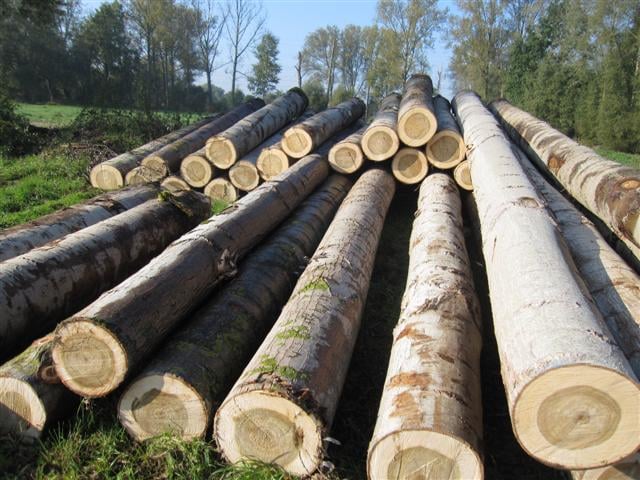
The wood industry imports 5.5-6 million cubic meters of wood material annually. Photo: TL.
Despite higher prices of import wood materials, Vietnam's wood imports have still increased for the last eight months, an evidence that the demand for raw materials have been increasing strongly. Dr. To Xuan Phuc said in spite of domestic strong demand the supply has fell short of demand. Import wood products including round wooden blocks, lumber and various types of artificial board have become an important source of input materials for the wood processing enterprises of Vietnam.
The biggest challenge the Vietnamese wood industry has faced is the freight costs which are being affected by the Covid-19 pandemic. Besides, the supplies of temperate wood products sourced from the US and EU are likely to continue to fall for the next year.
Therefore Dr. To Xuan Phuc said to ensure raw materials for processing in the near future, wood enterprises need to carefully learn more about sources of wood and wood products, especially from the US and EU as the countries have recently seen the fluctuations of supply and prices the most . They also need to find other alternative sources of supply.
Do Xuan Lap, chairman of the Vietnam Timber and Forest Production Association (VIFOREST) shared the wood enterprises of Vietnam are preparing for a recovery, ensuring delivery for the year-end market. Amid rising freight charges and increasing raw material prices due to the Covdi-19 pandemic, it's necessary for them to find solutions to ensure a stable source of raw materials for the recovery plan.
Translated by Mai Tham
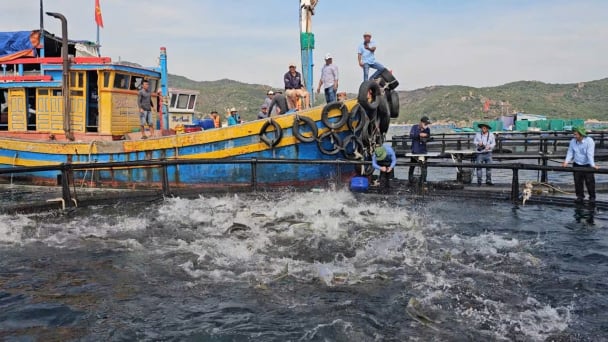
(VAN) Khanh Hoa is investing over 545 billion VND to develop 240 hectares of high-tech marine aquaculture in order to guarantee a consistent supply of seafood exports and achieve the USD 1 billion target.
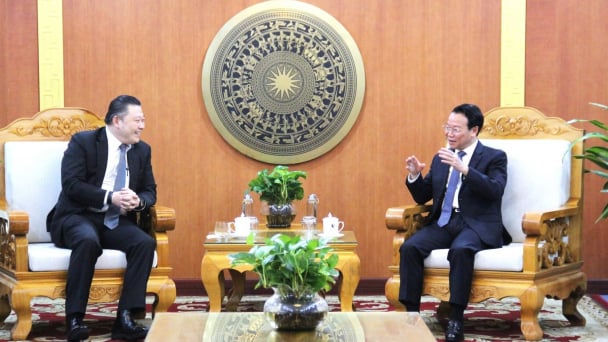
(VAN) Minister of Agriculture and Environment Do Duc Duy held a meeting with Soopakij Chearavanont, Chairman of C.P. Group, on May 15.
/2025/05/16/3800-0-nongnghiep-143756.jpg)
(VAN) Suntory PepsiCo Vietnam coordinated with the Ministry of Education and Training to implement an education program on water conservation, reaching nearly 1 million primary school students nationwide.
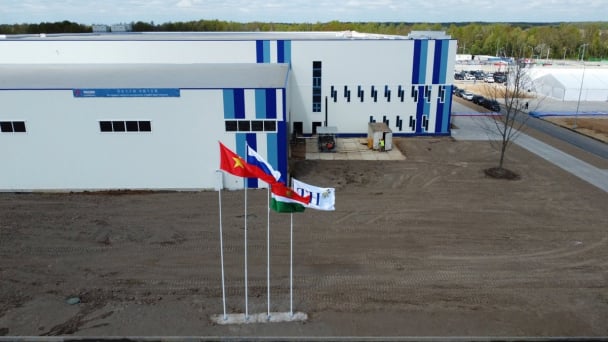
(VAN) Vietnam’s TH Group officially put its high-tech fresh milk processing plant into operation in the Russian Federation, marking a historic moment as the first TH true MILK cartons were produced in Russia.
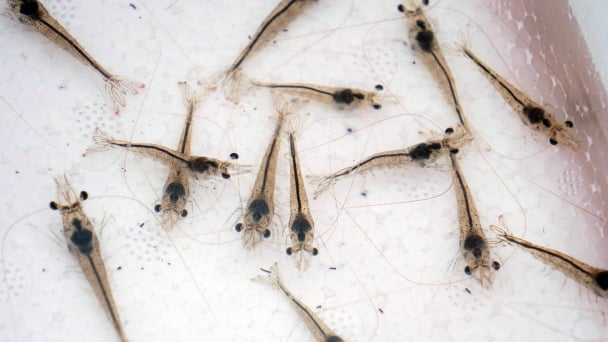
(VAN) Use of high-quality broodstock and biotechnology is regarded as the most effective approach to ensuring sustainable and economically viable shrimp aquaculture ahead of climate change and the emergence of increasingly intricate disease patterns.
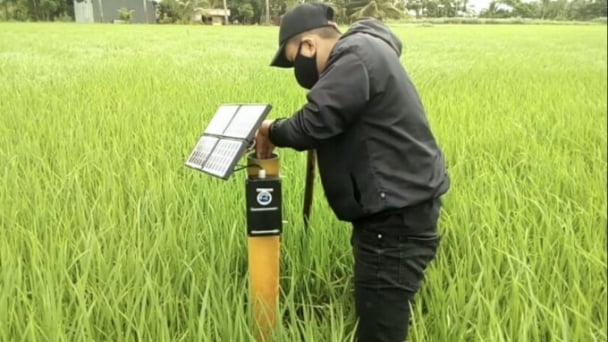
(VAN) Carbon farming is a form of agricultural practices that helps absorb more greenhouse gases than it emits, through smart management of soil, crops, and livestock.
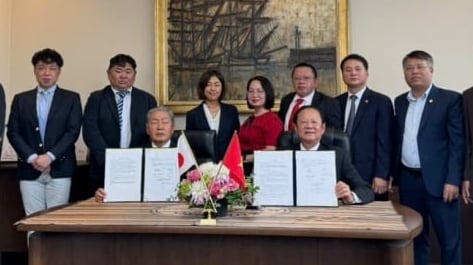
(VAN) This is a key content of the Memorandum of Understanding recently signed between the Vietnam Fisheries Society and Kunihiro Inc of Japan.